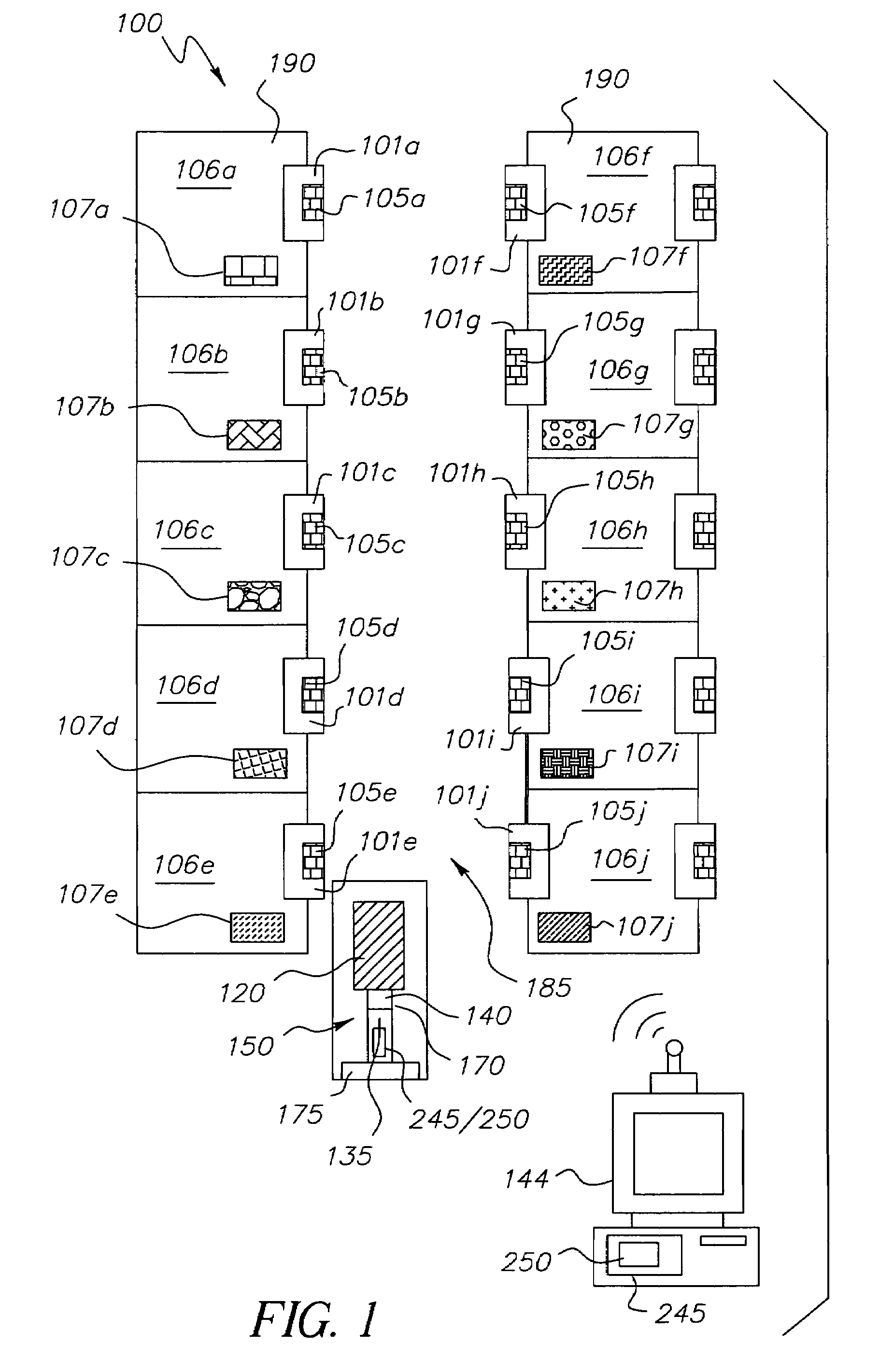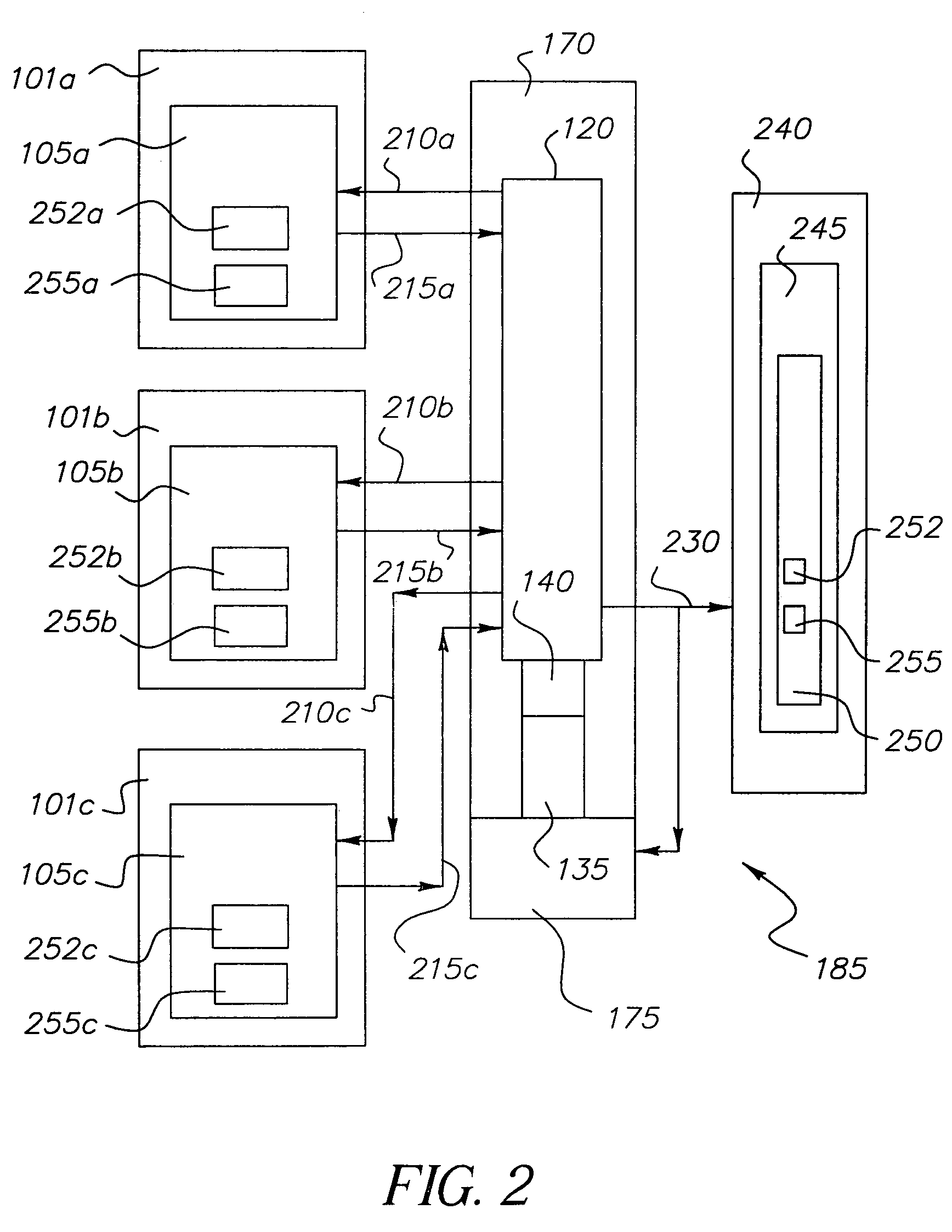Item information system and method
a technology of item information and information system, applied in the field of item information system and method, can solve the problems of unable to provide the consumer with item information on electronic shelf labels, and limiting the ability of stores to reallocate shelf space, so as to avoid potential discrepancies, easy to move, and easy to be up
- Summary
- Abstract
- Description
- Claims
- Application Information
AI Technical Summary
Benefits of technology
Problems solved by technology
Method used
Image
Examples
Embodiment Construction
[0018]The invention is described in detail with particular reference to certain preferred embodiments, but within the spirit and scope of the invention, it is not limited to such embodiments. It will be apparent to those of skill in the art that various features, variations, and modifications of the invention can be included or excluded, within the limits defined by the claims and the requirements of a particular use.
[0019]The present invention extends the capabilities of shoppers in a retail environment to locate goods and to compare characteristics of similar goods and products. The various embodiments of the present invention have particular advantages over prior systems such as those providing basic pricing information of goods selected and placed in a shopping cart, because a direct comparison of similar goods is now possible without removing the various products under consideration from their display shelves or display areas. In addition to a comparison of similar products, th...
PUM
 Login to View More
Login to View More Abstract
Description
Claims
Application Information
 Login to View More
Login to View More - R&D
- Intellectual Property
- Life Sciences
- Materials
- Tech Scout
- Unparalleled Data Quality
- Higher Quality Content
- 60% Fewer Hallucinations
Browse by: Latest US Patents, China's latest patents, Technical Efficacy Thesaurus, Application Domain, Technology Topic, Popular Technical Reports.
© 2025 PatSnap. All rights reserved.Legal|Privacy policy|Modern Slavery Act Transparency Statement|Sitemap|About US| Contact US: help@patsnap.com



